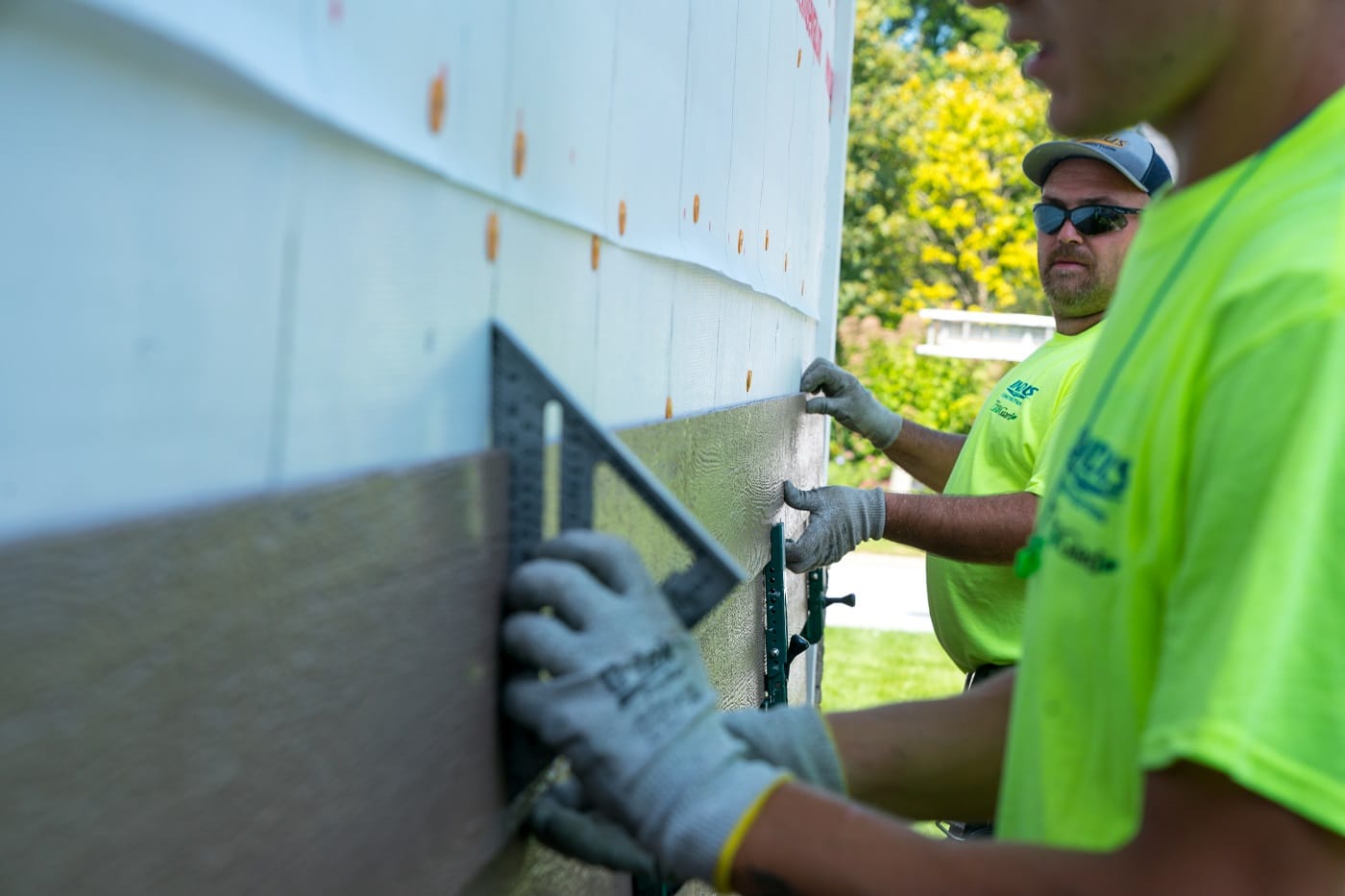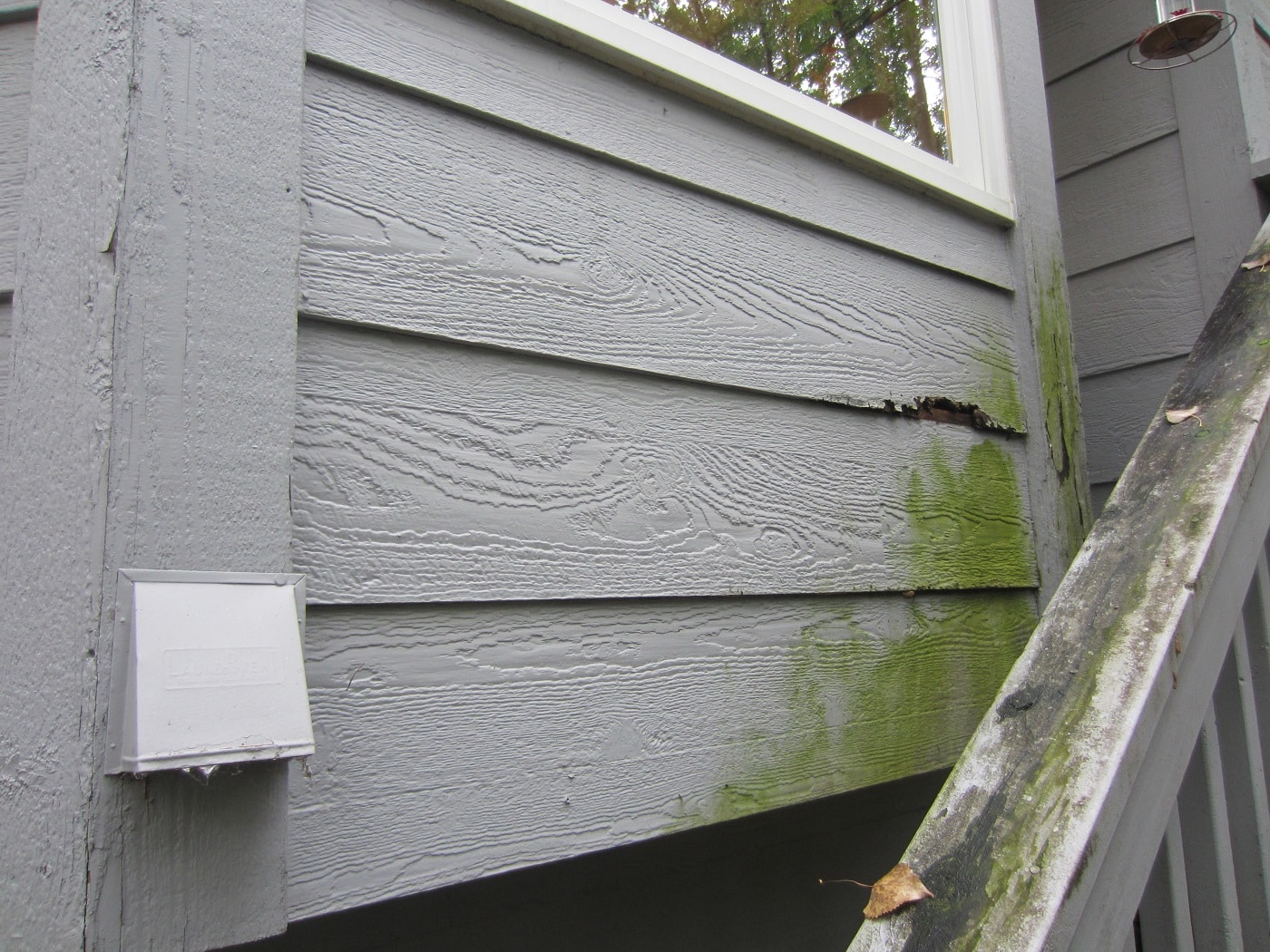Common Siding Issues You Should Never Ignore
The siding on your home provides an important barrier against Mother Nature. When it is not performing as it should, you risk higher energy bills, unflattering curb appeal, and interior water damage. In this blog, we’ve compiled a list of common siding problems homeowners encounter.
Loud Siding & House Cracking Noises
It can be alarming to hear popping and creaking noises coming from a home’s siding. If this is happening on a home with vinyl siding, it’s possible that siding was installed either too loosely or too tightly. Siding needs room to expand and contract through the seasons due to the freeze/thaw cycle. In the winter months, it can become brittle, which can lead to cracked boards.
Watch Our Craftsmen Install New House Siding:
Bad Siding Job Or Improper Installation:
While there are many home improvement projects homeowners can easily tackle on their own, DIY siding installation isn’t recommended. A botched siding installation can lead to dry rot and water infiltration. Each siding manufacturer has precise specifications that must be followed to keep a warranty intact. This makes it crucial that you properly screen a siding contractor to ensure they are reputable, experienced, licensed, and able to perform a solid siding installation. Loose siding can warp, crack, or buckle.

Animal Damage To Wooden Siding
Wood siding is vulnerable to damage by insects, squirrels, and woodpeckers. Frustratingly enough, animal damage isn’t always immediately noticeable but can result in pricey damage. Even more discouraging is that these types of incidents are not always covered by a homeowners insurance policy. For these reasons, it’s wise to opt for maintenance-free option, like engineered wood siding, that is not able to be harmed by pests.
Faded Siding From Years Of Weather Exposure
Over time, siding can become faded from the sun’s UV rays, rain, and snow. Faded siding takes away from a home’s curb appeal. Vinyl siding is most likely to discolor over time. The spots on a home that will lose their brightness first are those that come in the most contact with direct sunlight. The lighter siding color is, the less noticeable fading will be.

Mildew & Mold On Siding:
Mold and mildew growth is prevalent on shaded areas of a home’s siding. If there is mildew or fungus growth on a home’s siding, it’s possible that precipitation has gotten stuck behind or within the siding. This should be taken seriously as it can lead to mold and mildew growth within the house. Mold can also occur when an abundance of dirt has built up on the siding. Houses near trees that produce sap are also prone to mildew and fungus growth because the sap can provide nourishment for the fungus.
